Pet Parenting 101: Stage-Wise Guide to Taking Care Of the Pet Mom-To-Be

Caring for a mom-to-be comes with its own sets of challenges and the most wonderful experiences. Looking after a furry mom-to-be is no different. There are many beautiful and sometimes terrifying moments along the way. Some of these are similar to a human’s such as irregular weight gain, nausea, hormonal fluctuations, mood swings, etc. And so, just like us, our furry moms-to-be also need special love, care and attention.
Here is a stage-wise guide to taking care of your furry mom-to-be and how you can offer her the support and care she needs to ensure that her prenatal journey is smooth and safe.
The Early Signs of Pregnancy
Unless you are a breeder, it can be difficult to stop an ongoing pregnancy in a dog mom or a cat mom until the end of the first 4 weeks of the gestation period. If you are unsure whether she is pregnant or not, here are a few signs that you can look for.
- Vaginal discharge
- Swollen teats
- Unexplained weight gain
- Vomiting
- Appetite changes
These signs are just indicative. Hence, do not jump to any conclusions yet. Take her to a veterinarian for an ultrasound to confirm. Alternatively, the vet can run an endocrine test to track the presence of pregnancy hormones.
The Furry Mommy Pregnancy
What to expect?
- A shift in the doggo’s behaviour during which maternal instincts kick in. She can even experience mood swings owing to the hormonal changes.
- Can feel more inactive and lazy while being pickier with her food. However, if you notice a significant emotional distance and a loss of appetite, visit a vet immediately.
- Morning sickness.
- Can become a nester while hoarding food and other items by her side.
- May scratch a wall or furniture at times.
- Any kind of noise pollution can irritate her.
- Demands more love and affection.
Again, these are only indicative and may vary depending upon your doggo’s breed, size, physical and mental constitution.
When To See a Vet?
- When you suspect a pregnancy but not sure of it.
- 2-3 weeks after the mating process.
- To chalk out her prenatal diet and nutrition plan.
- If you suspect anything untoward or a complication.
- For the first image of the cute little puppies at week 4.
- As advised.
Book your online vet consultation with Zigly.
Diet & Nutrition
Consult her veterinarian for the apt. diet plan and for any additional nutrition supplements that she might need. During pregnancy, the furry momma dog should consume at least 1.5 times more diet than her usual intake. And it is important to feed her only premium-quality adult food that is high in protein and has healthy calories.
Feed her more often in smaller portions whenever she is hungry. This schedule will continue till she breastfeeds. It is important to monitor any signs of obesity or high blood sugar which can put both the mother and the little puppers’ lives at risk. Hence, take her for prenatal checkups on a regular basis.
Additional Tips:
- As a precaution, do not include any supplements in her diet unless prescribed.
- Do not feed her raw foods as the digestive system of the moms-to-be might not favor it.
Exercise
- As a thumb rule, please keep her away from any kind of strenuous activity.
- Avoid taking her to events or places where she might get stressed.
- It is a good habit for the furry mommy to indulge in light walking.
- Avoid taking her anywhere near other animals as she advances in her pregnancy.
- It is better to indulge in indoor activities as she enters the 5th week in her gestation period.
Treatment & Care
Before the mating season or process, it is important that your furry is vaccinated and is physically ready. Significant vaccinations including rabies, parvo, hepatitis, canine distemper, etc., should be up to date before the breeding takes place.
Regularly check your doggo for any signs of ticks and fleas and take her to a vet for immediate treatment (the deworming process). Avoid self-medicating a pregnant doggo.
Preparing for Birth - THE WHELPING STAGE
The birthing stage is known as the whelping stage. To make the experience comfortable, create a whelping box for the furry mommy to give birth in. Alternatively, you can set her bed in an isolated area. Cover the area with multiple blankets, puppy pads, and loads of towels.
Set aside an emergency kit. The kit should have the following items:
- Disposable pads
- Disposable surgical gloves
- Towels
- A digital thermometer
- Antiseptic
- Washcloth
- Sanitizer
Do inform the veterinarian and keep their number handy in case of an emergency.
The Common Indicators of Labor
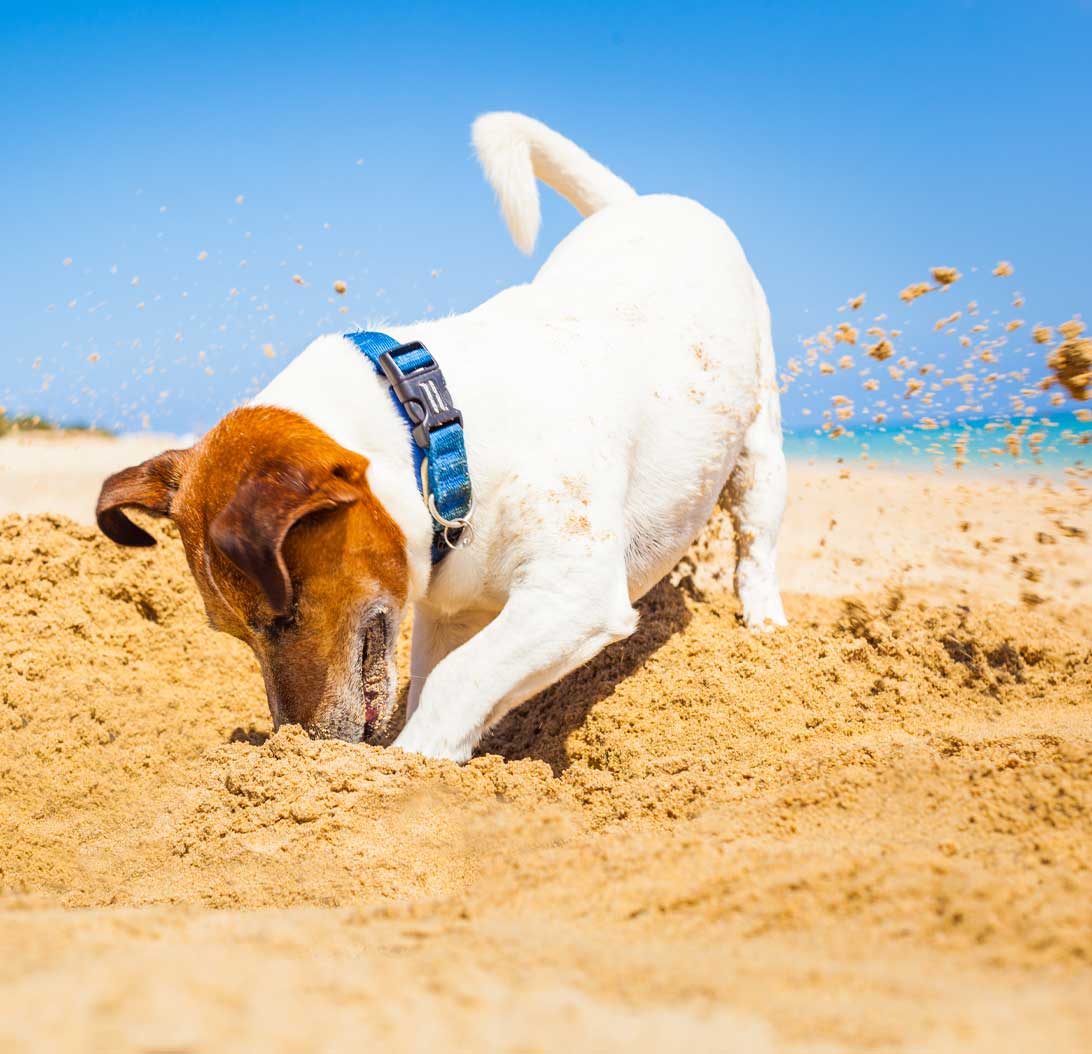
- When the furry mommy-to-be starts to display nesting instincts, you’d know that she is about 48 hours away from delivering her babies.
- As the labour stage progresses and is at 24 hours (approximately) before birth, the mother’s body temperature would drop below 100 degrees Fahrenheit.
- And finally, at 6-12 hours before the birth, the now-anxious furry mommy would start pacing around while heaving and panting. She might also start digging. Vomiting is another possible symptom.
During Labour
The whelping stage is long and can last for several hours. Most furry mommies manage this stage well by themselves. However, as pet parents, we need to take extra precautions, especially if the furry mommy is a small breed dog. It is important to monitor their health every 15 minutes or so.
Maintain a quiet distance from the mommy so she does not feel crowded or anxious. Once the babies are born, the new mommy would lick her puppies and clean them on her own. She even bites away the membrane on the puppies. However, if she is too exhausted or unwilling to clean the membrane in the next two minutes after the baby furry is born, then it is important to intervene and help her out.
Normally, the puppies are born 40-80 minutes apart from each other. If you notice any of the warning signs below, please call a vet immediately. Learn about the best way to help her through the labour from a veterinarian before attempting to help the dog mom during labour on your own.
Warning Signs
If you decide to have the little puppers at home, then it is important to look out for these signs. Call your veterinarian instantly if any of these occur.
- Her body temperature has been fluctuating for the past 24 hours and she has not gone into labour yet.
- She is having contractions for 45 minutes and still no sign of the puppy.
- She is too agitated and in extreme pain or discomfort.
- Her prenatal period has gone beyond 65 days.
- It has been 3.5 hours since the birth of the last puppy and there are more to come.
- A puppy is stuck mid-way and the doggo is too tired to push.
Once the delivery is done, it is better to call the vet for examining the puppies and the mother rather than handling them on your own. This is to rule out the possibility of any underlying condition and to ensure complete care and safety of both the mommy and her babies.
Pregnancy in Large Breeds Vs Small Breeds
- Pregnancy in small breeds is subject to more complications such as eclampsia than large breeds. Hence, it is important to closely monitor them during the prenatal as well as the postnatal period.
- Brachycephalic breeds such as Bull dogs, Shih Tzu, Pekinese, etc., (ones with a flat and wide skull) may need medical assistance during the whelping stage.
- Another core difference is their diet and nutritional requirements. Smaller breeds moms need comparatively more calories (15-20% more) per kg of their weight in comparison to the large breed mom doggos.
- Last but not least, the number of puppies varies. The number is small in small breeds and can go up to 17 puppies in large breeds.
What Not To Do?
- Do not get a pregnant furry vaccinated as it can be harmful to the fetuses. Instead, make sure she is vaccinated before the pregnancy takes place.
- It is possible for a female doggo to infect their puppies with ticks and fleas. Hence, deworming is important. However, make sure you use a vet-prescribed deworming method only, to avoid any risks.
- Do not ignore their diet and hydration schedules. Limit their diet intake during the later stages of the pregnancy as the puppies press against the uterus.
From here, the puppies journey into the world with two mommies, the furry mommy & the hoomommy. While most care in the initial stages is done by the furry mommy, as hoomans, it is important to keep a close vigil over them & be there for them as needed.
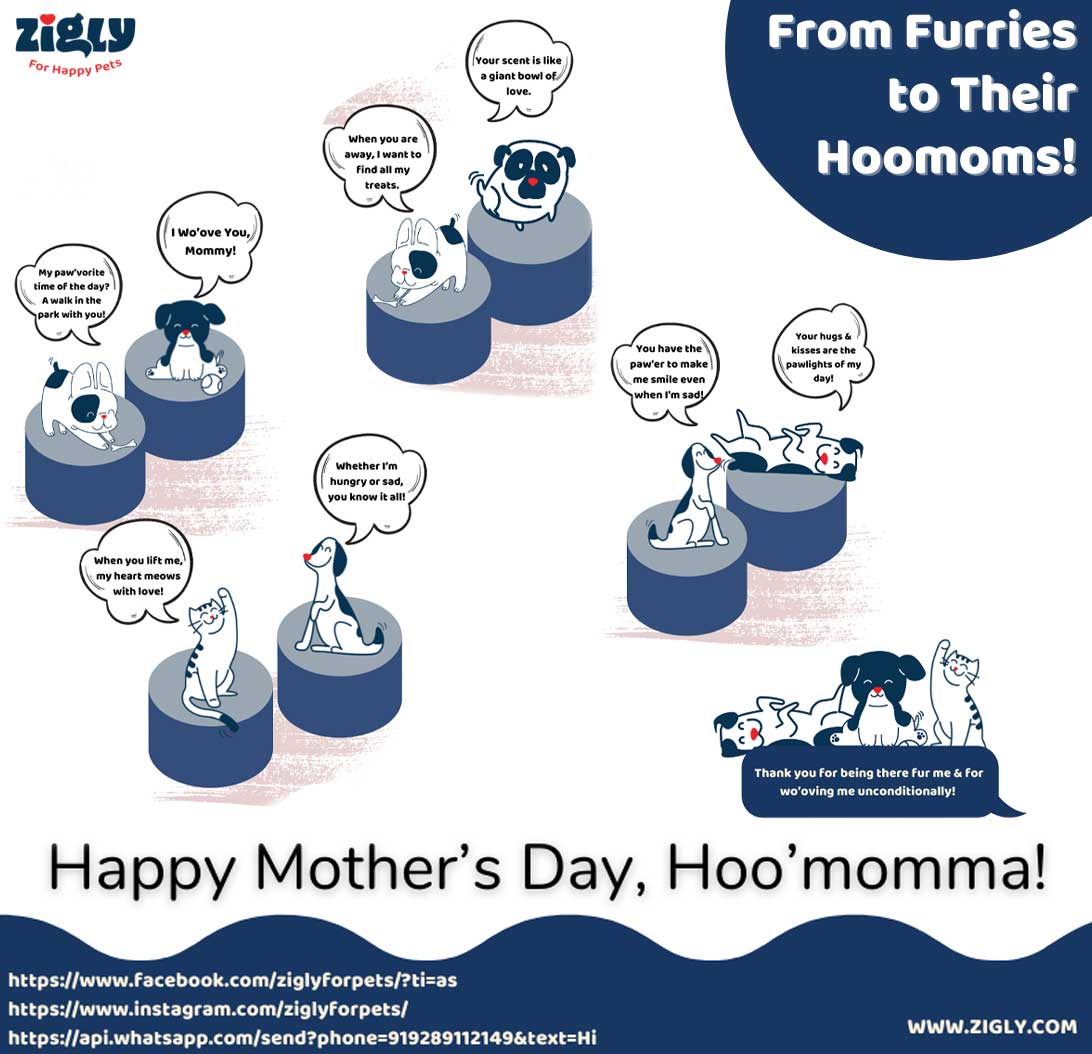







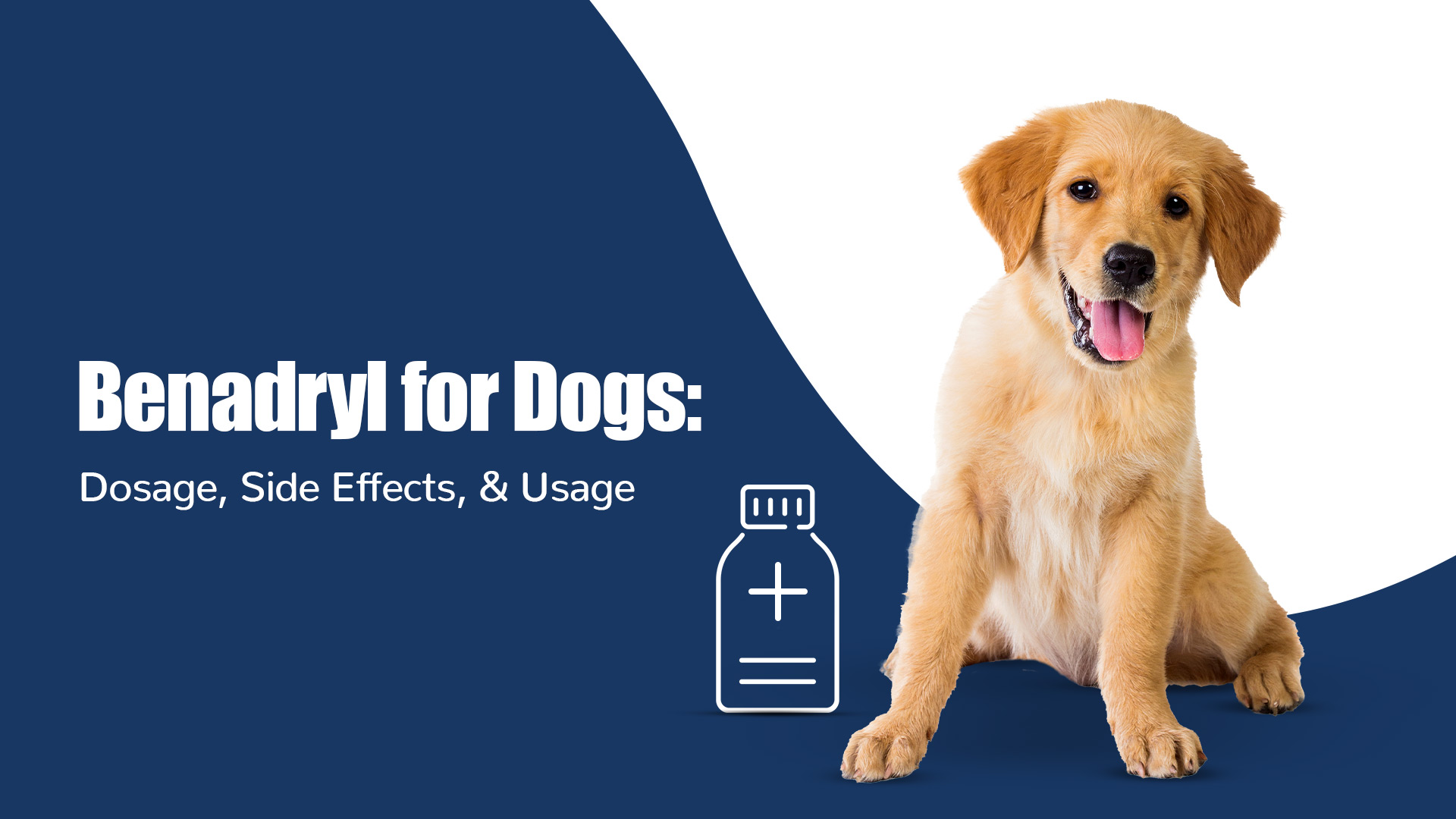
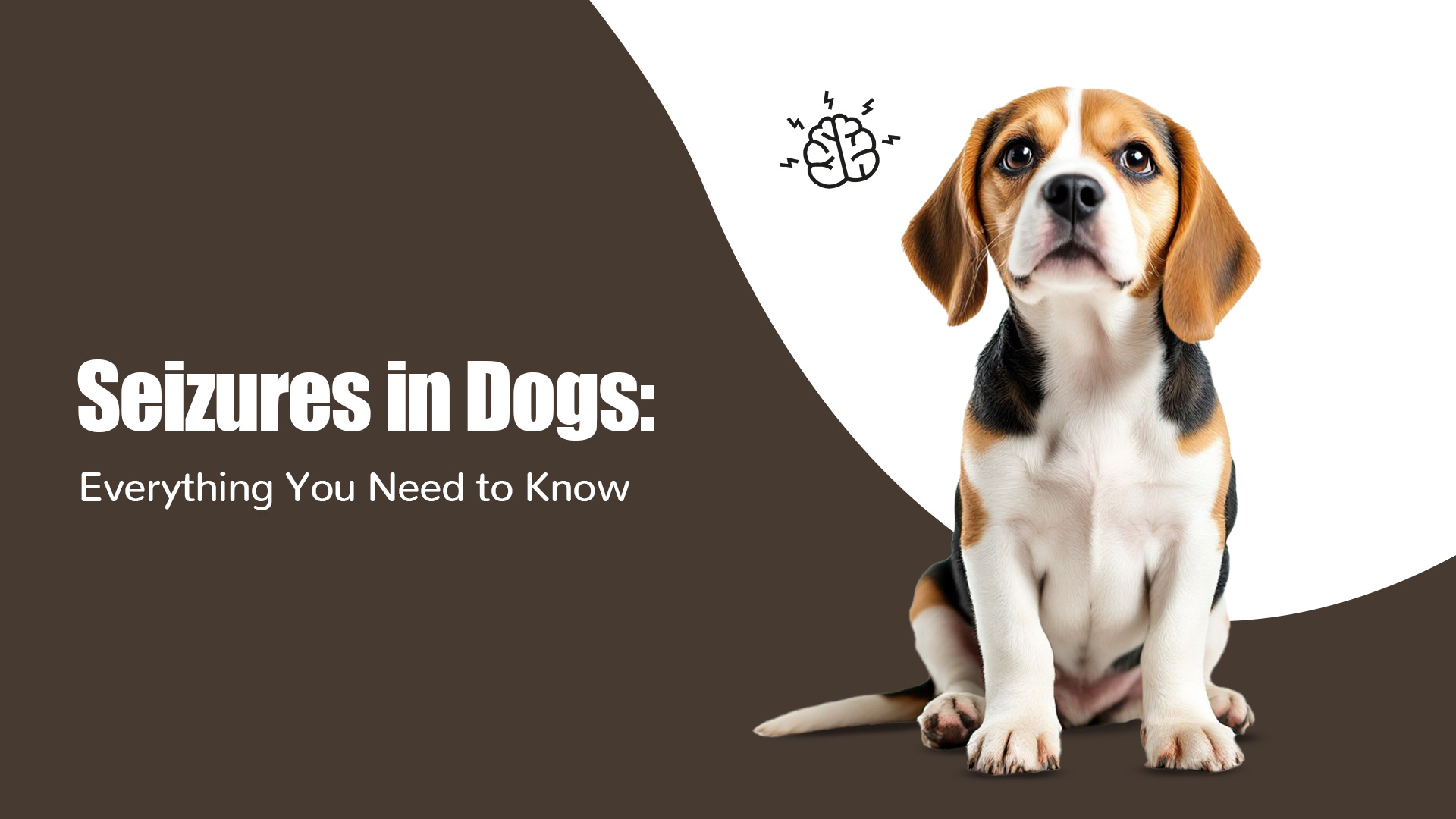
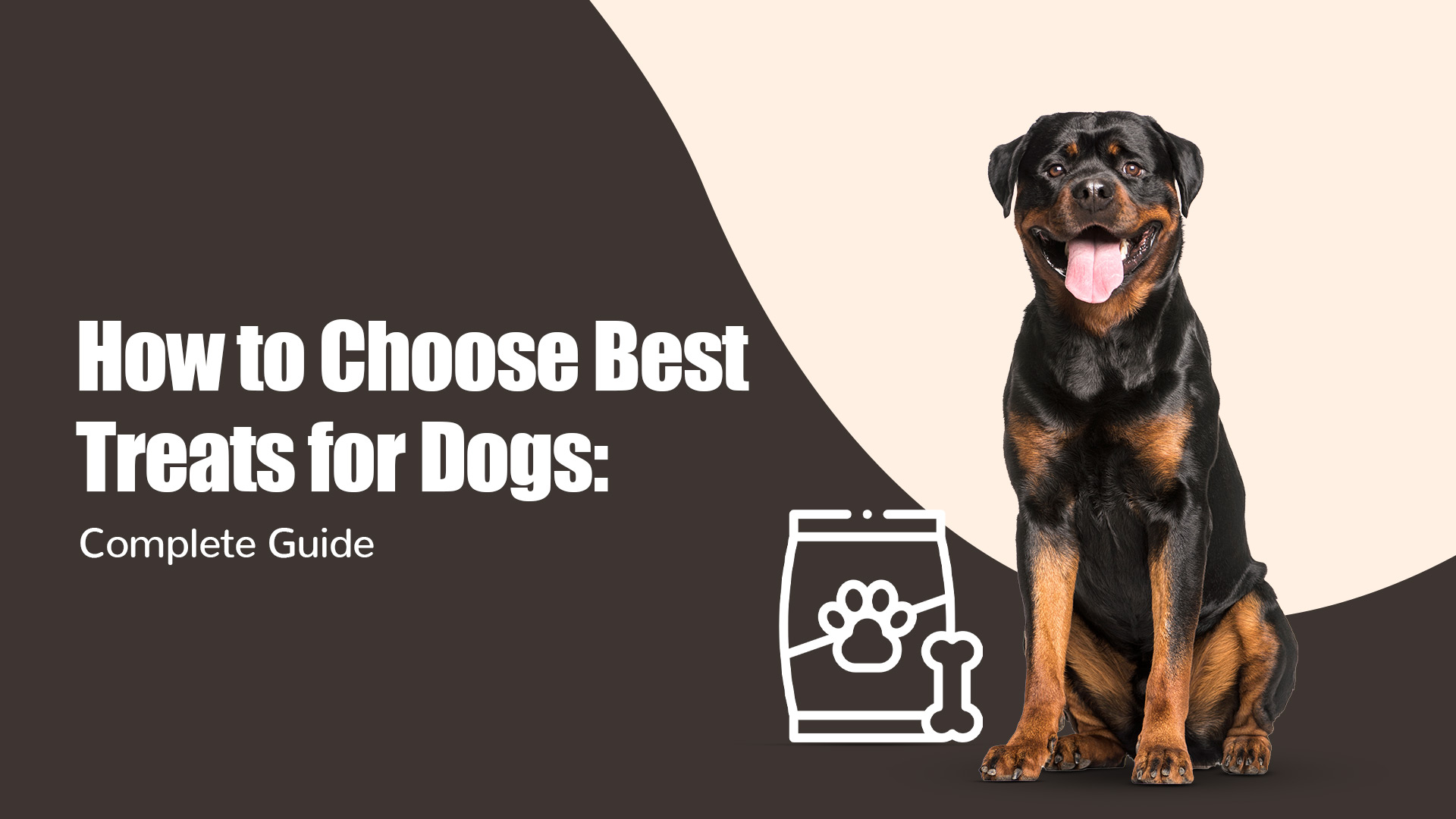
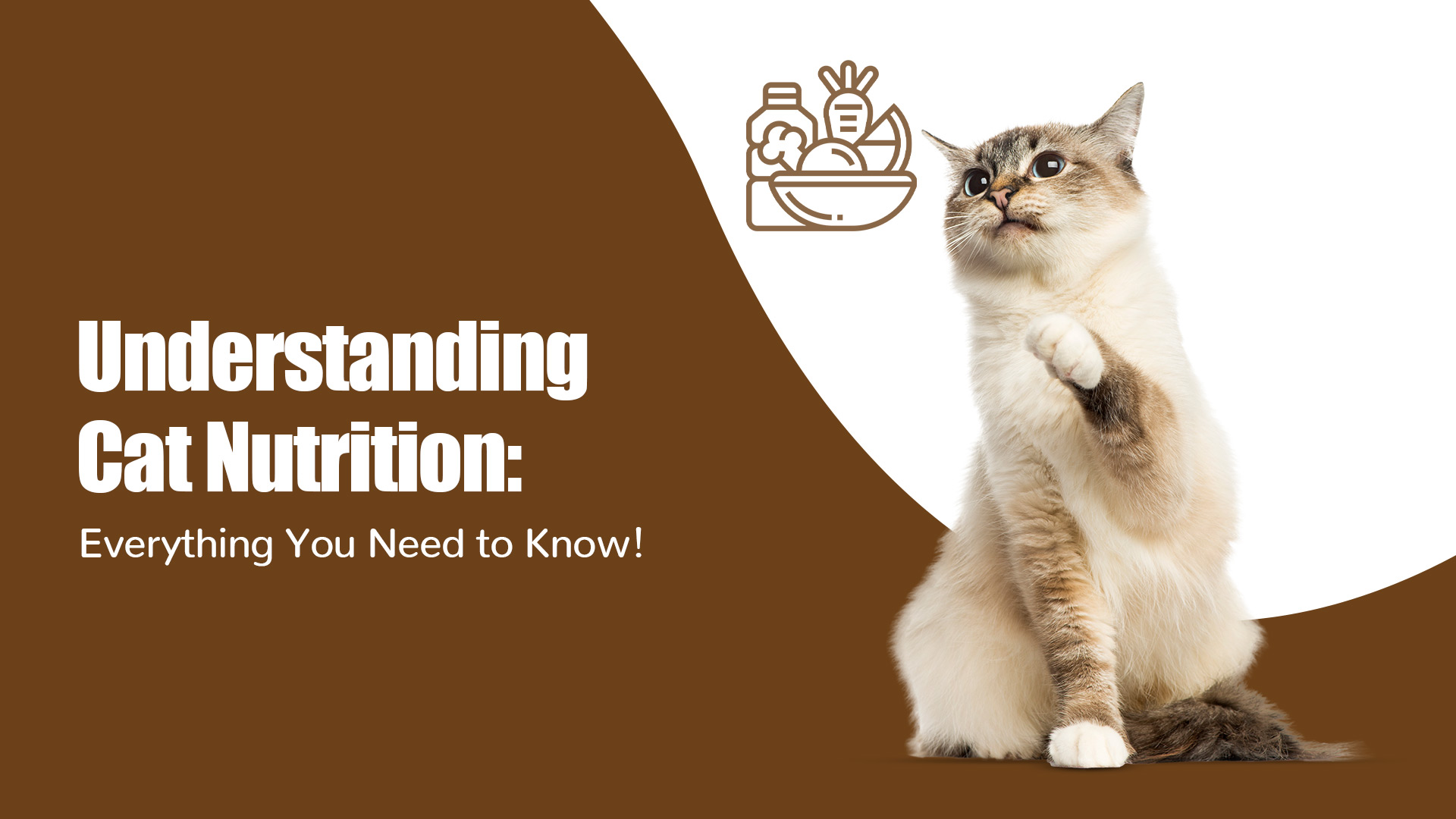
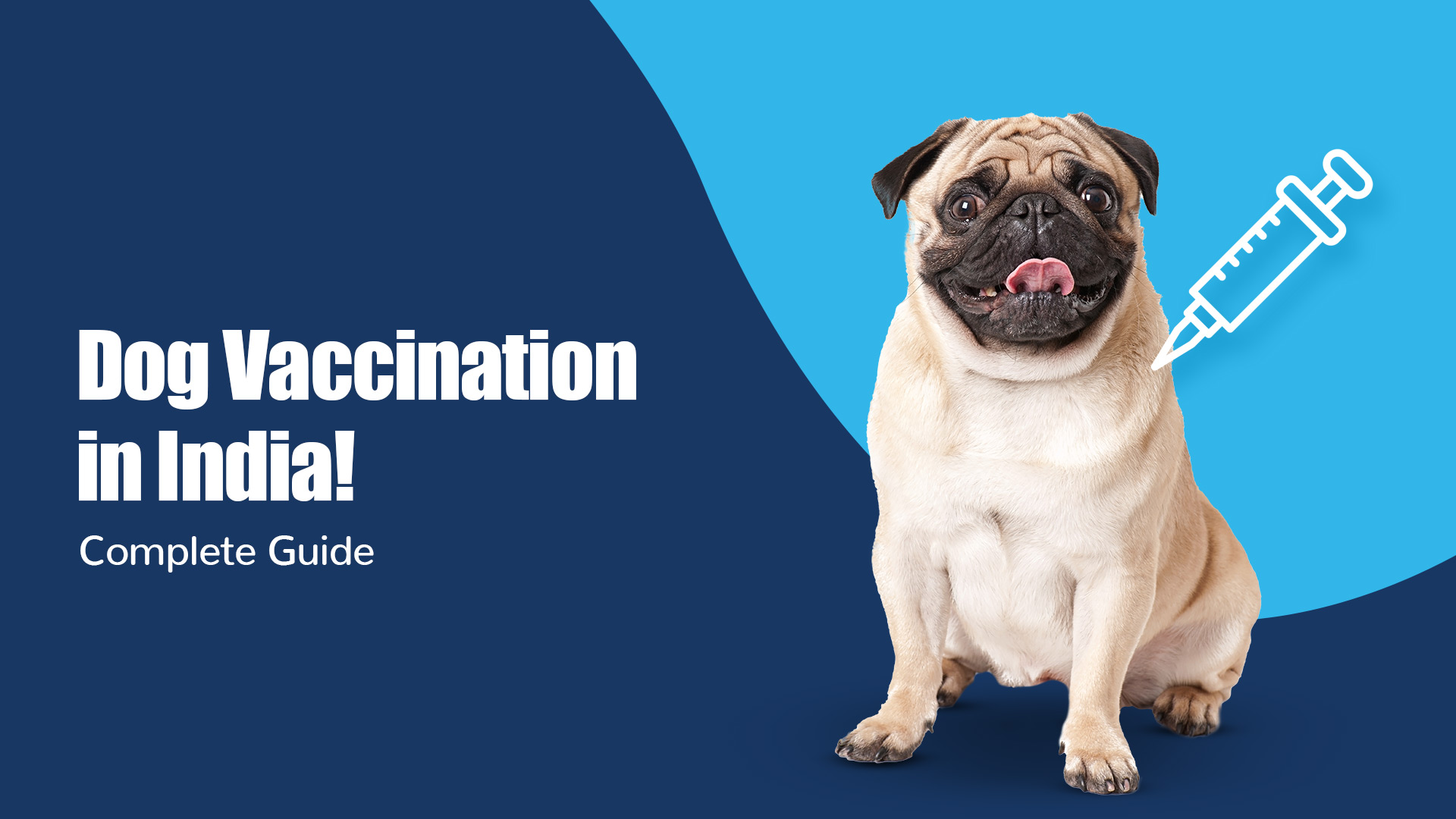
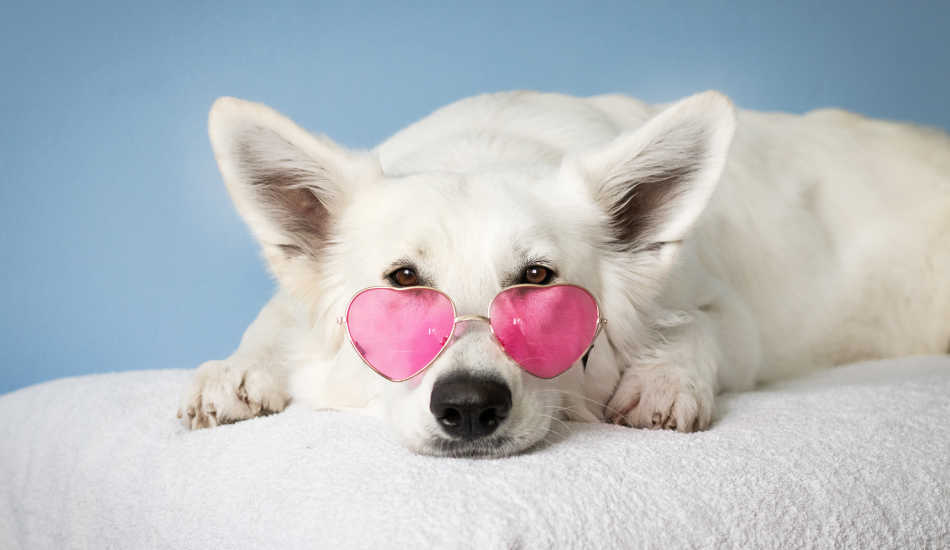
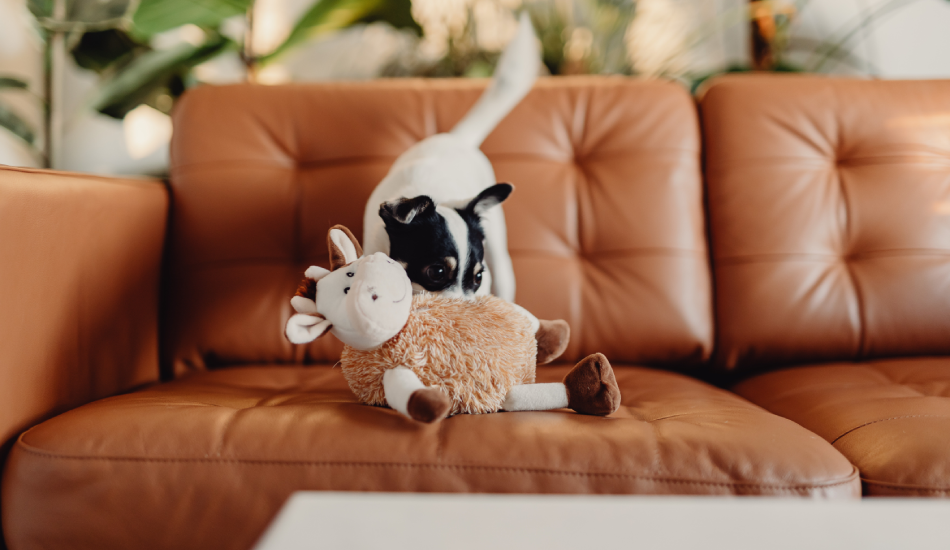

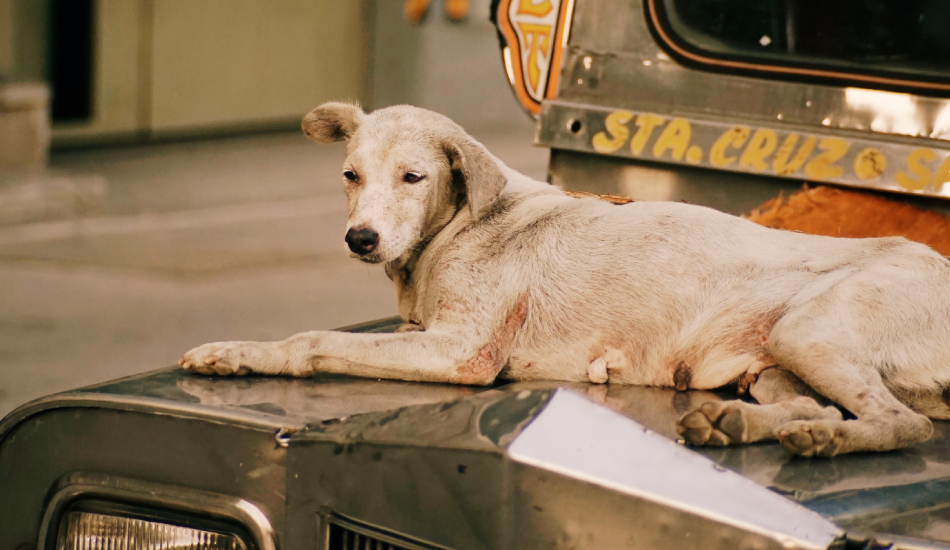
The information below is required for social login
Create New Account